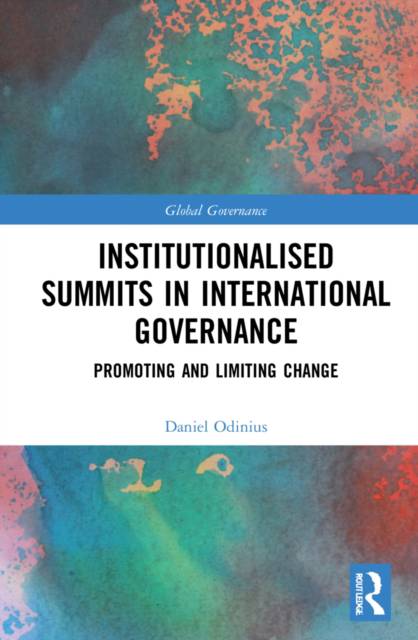
- Retrait gratuit dans votre magasin Club
- 7.000.000 titres dans notre catalogue
- Payer en toute sécurité
- Toujours un magasin près de chez vous
- Retrait gratuit dans votre magasin Club
- 7.000.0000 titres dans notre catalogue
- Payer en toute sécurité
- Toujours un magasin près de chez vous
Description
This book analyses the role of institutionalised summits in international governance, adding a fresh perspective to the controversial debate over the value of institutionalised summits for international governance.
It argues that the contribution of these summits to negotiating and implementing international agreements on policy change is ambivalent. Based on an innovative theoretical model the books proposes that states strategically select summits with their specific institutional design for advancing their policy preferences. Developing the route to the summit and the route from the summit as precise causal mechanisms, the author argues that these choices explain the ambivalence of summit involvement. With empirically rich case studies on the Group of 7 (G7) and the European Council, the book provides a rare systematic comparison of different summits. The empirical record shows strikingly similar patterns for the G7 and the European Council, but it also points to variation deserving further attention in the study of summits in different institutional environments.
It will be of interest to researchers in International Relations, Global Governance, and European Politics, and those interested in global institutions and decision-making.
Spécifications
Parties prenantes
- Auteur(s) :
- Editeur:
Contenu
- Nombre de pages :
- 210
- Langue:
- Anglais
- Collection :
Caractéristiques
- EAN:
- 9780367765200
- Date de parution :
- 22-10-21
- Format:
- Livre relié
- Format numérique:
- Genaaid
- Dimensions :
- 156 mm x 234 mm
- Poids :
- 494 g

Les avis
Nous publions uniquement les avis qui respectent les conditions requises. Consultez nos conditions pour les avis.






